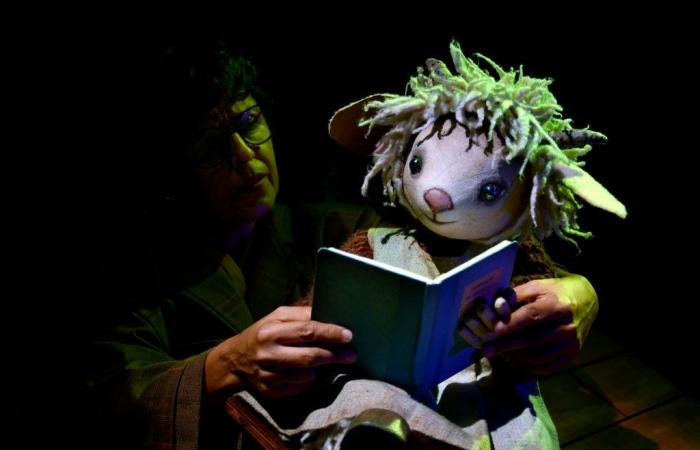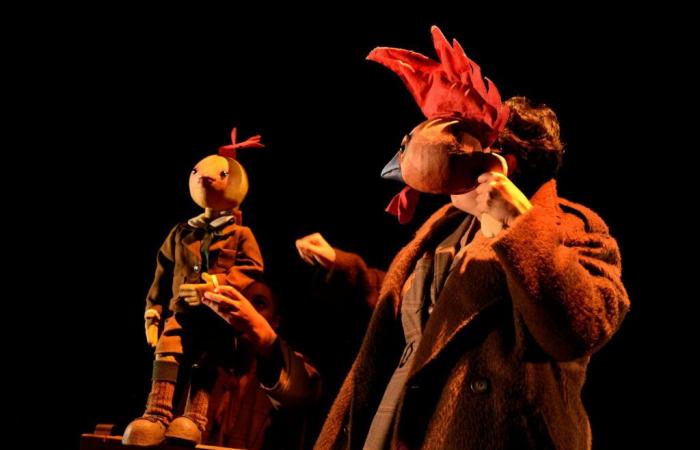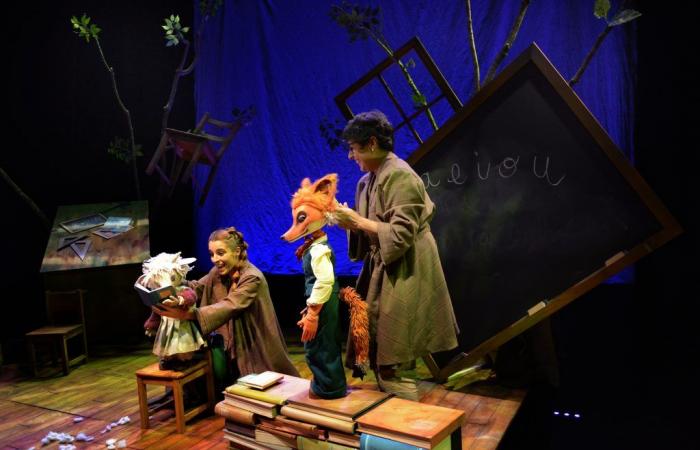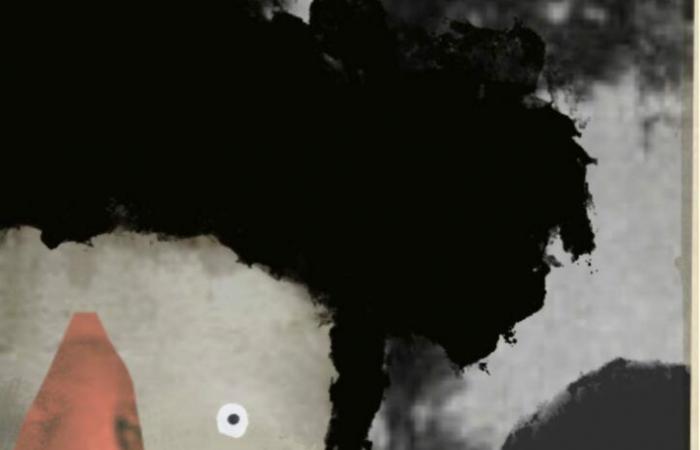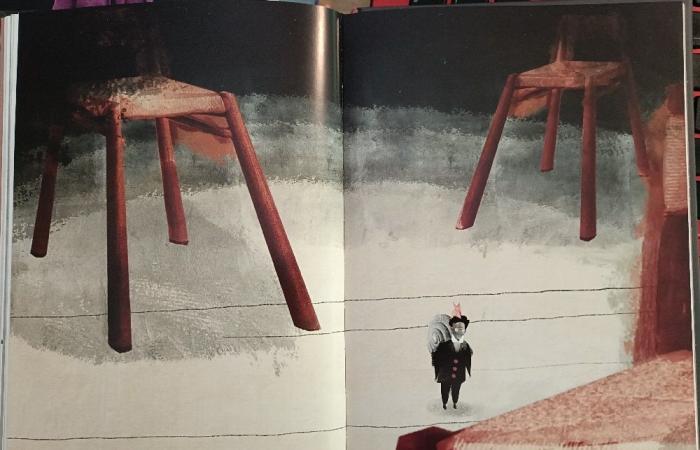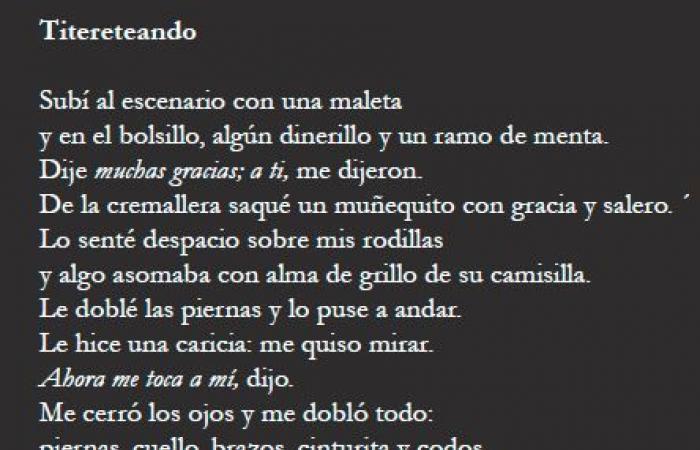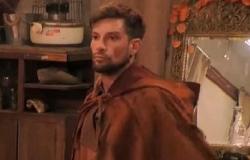(image of ‘La Maestra’. Photo company)
We have been able to see in Barcelonawithin the festival Món Llibres that the City Council celebrates every year in the CCCB (Center for Contemporary Culture of Barcelona)the work Teacherthe company’s latest production Anita Maravilla with the producer Portal 71residents in the Basque Country, a work that already received very good resonance and with the Fetén Award for Best Stage Space 2024. Conceived by Look Larrea and directed by Ivan Alonsois performed by the two puppeteer actresses who have supported the company for many years now: Valentina Raposo (who signs the design and construction of the puppets) and by the author, Miren Larrea, an artist couple of whom this chronicler has seen countless works, always with a dedication and grace that one does not forget. The magnificent and award-winning set is designed by Calvito & Tupewhile the light and technical and artistic direction is Ion Chavez.
Look at Larrea and Valentina Raposo, in the Món Llibre. Company photo
On the other hand, we will comment in this chronicle on the book that in some way accompanies Teachertitled puppeteeringwritten by Look Amuriza and illustrated by Malen Amenabar. A little poetic gem, produced and edited by Anita Maravillas and Portal 71which was developed in close connivance with the process of creating Teacherestablishing a curious and elliptical dialogue between the puppets and the members of the stage team, with the two authors of the book.
Teacher
I think that the best success of the work, among the many that it has, is to have turned the characters of the drama – since drama is in effect the play, by evoking some moments of the Spanish Civil War – into animals, so that the The terrible historical drama to which it refers suddenly becomes a fable, assuming its evocative, allegorical and didactic effects, a decision not at all gratuitous, but fully justified by the rhematic treated, and achieved with the utmost naturalness.
Image of ‘The Teacher’. Company photo
For now, the fable genre, which in this case makes each animal belong to a different species – the school students are a goat, a chick and a bunny – fits squarely into this reality of the contemporary world, in which Each child today is a different world, which requires very personalized attention, not in all matters, of course, but in some important ones, something that the new pedagogies try to apply, with very little success, of course, since the task is very difficult, if not impossible, as education is planned.
And even more difficult in a world of unique truths, with radical polarizations like that shown by the father of one of the students, a rooster, obsessed with solving everything with canes and finally with shots and bombs. The work refers to the fascism of the 1930s, but our reality is still immersed in this system of univocalities, as national and international events show us every day.
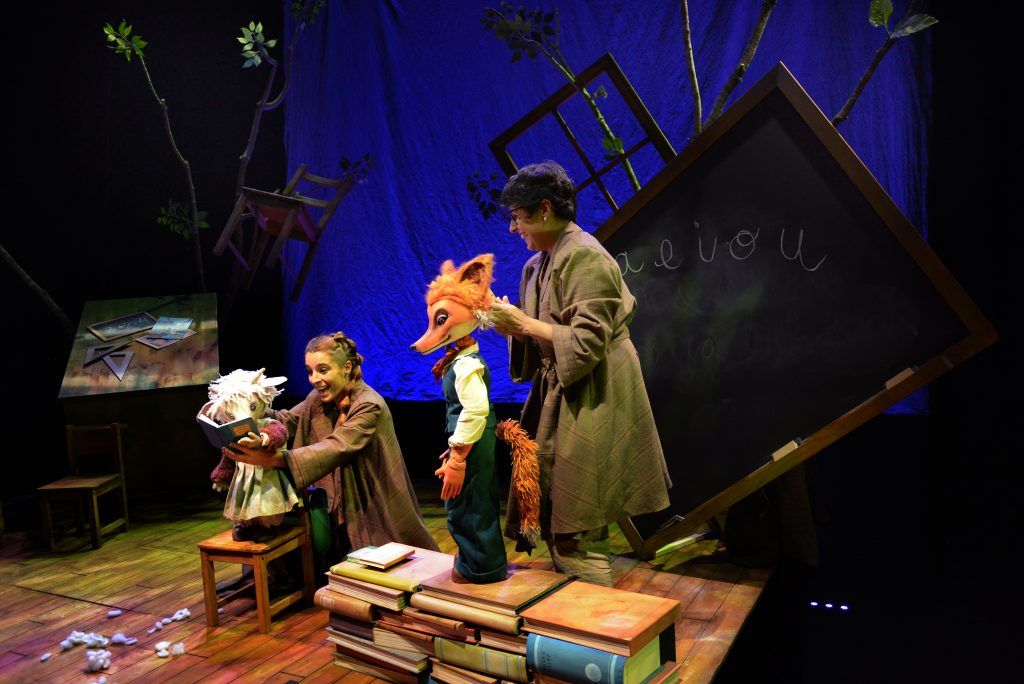
Image of ‘The Teacher’. Company photo
The Teacher, represented by a fox, an animal that fully fits with this need for a left hand, transversal gaze and clever decisions that is needed today to understand people, shows us one of the ways to get out of this condemnation of ideological monotheisms. : letters, that is, writing and reading, and the genre of poetry, to show those who need it what the subtleties and ambiguities of other ways of being in the world are, and finally get out of the truths unique.
With very few words and resorting to the poetic and allegorical language of the fable, Anita Maravillas’ show manages to deal with very important topics without ever falling into transcendentalisms or easy morals. And all this is also achieved thanks to an exquisite performance by the two puppeteers, always interacting with the characters, sometimes more and sometimes less, both endowed with a presence that exudes honesty, distance and respect towards their characters, and consequently, towards the public they address.
puppeteering
The book that accompanies the work, not as an indispensable element, but as a poetic complement to the moral of the fable – the value in itself of writing, of the drawn image and of poetry – is, as we said at the beginning, a true delight that shows us that its two authors, Miren Amuriza of the text and Malen Amenabar of the illustrations, have entered fully into the heart of puppetry practice. This is indicated by some simple phrases that appear glancingly on the pages of the book, for example: ‘the first action of a puppet is to make the audience believe that it is alive’ or ‘Because a puppet is not a puppet until it is given life.’ ‘.

book cover
That is, they start from the main characteristic of puppets, which is that they are inert objects with life, in other words, being ‘alive and dead at the same time’. This allows them to delve into the multiple imaginaries of the puppet and the theater, with some delicious collages, in the case of the illustrations, which show a double character as a leitmotif: with a human form and a snail shell. An indication that we find ourselves in the realms of ambiguity and fable. The games with the dimensions of the represented objects also show us this creative freedom of the puppet, capable of making the impossible possible.

Inside image of the book
As far as the text is concerned, the different poems are very beautiful, and I would highlight, as an example and culmination of this chronicle, the poetry that the editors have chosen, with very good judgment, for the back cover, which has the same title from the book: Puppeteating. We reproduce it for the enjoyment of all of you. He says like this:


